Sign up for workout ideas, training advice, reviews of the latest gear and more.

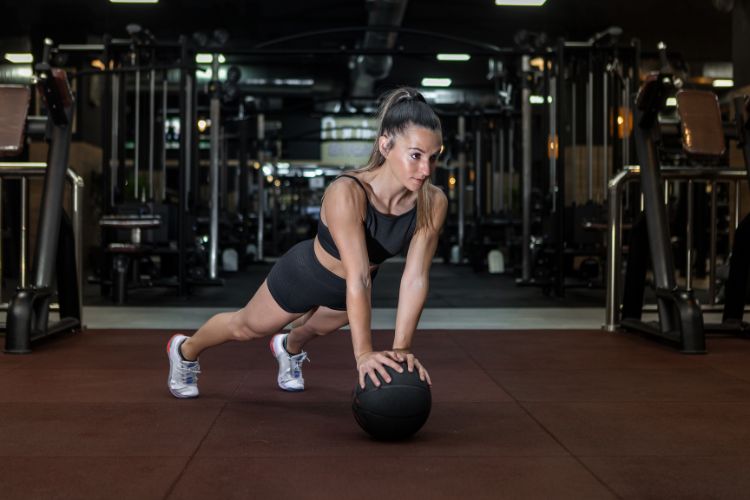
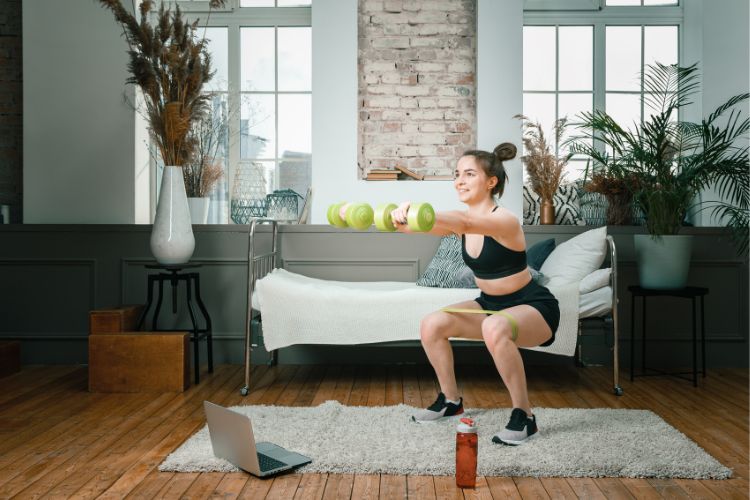
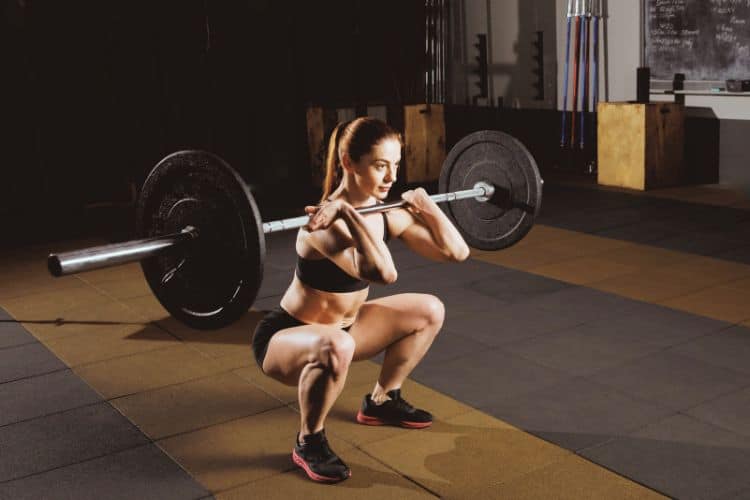
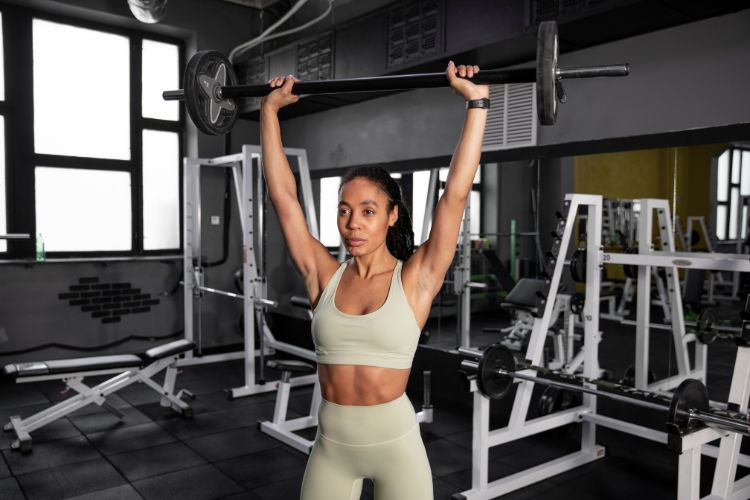
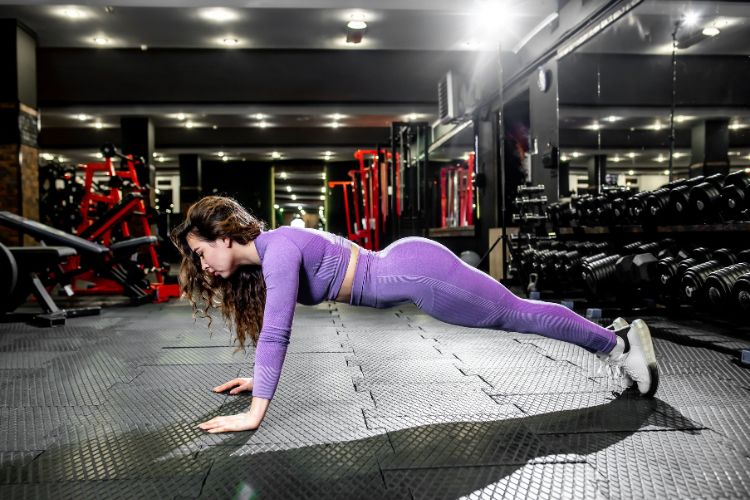
Calisthenics, often referred to as “bodyweight training,” is a fantastic way for women to build strength, improve flexibility, and enhance overall fitness without the need for expensive gym equipment. Whether you’re a complete beginner or someone looking to switch up your routine, calisthenics offers a versatile and accessible way to achieve your fitness goals. In this blog post, we’ll explore a comprehensive calisthenics workout plan for beginners tailored specifically for women who are just starting out.
One of the biggest advantages of calisthenics is that it requires little to no equipment. You can perform these exercises anywhere—whether it’s in your living room, at a park, or even while traveling. This makes it an ideal workout option for women who may not have access to a gym or prefer to exercise in the comfort of their own home.
Calisthenics focuses on using your body weight to build strength, which translates to improved performance in everyday activities. Whether you’re lifting groceries, playing with your kids, or carrying heavy bags, the functional strength gained from calisthenics will make these tasks easier.
Many calisthenics exercises involve a full range of motion, which helps improve flexibility and mobility. This is particularly beneficial for women, as it can help prevent injuries and improve posture.
As you progress in your calisthenics journey, you’ll notice improvements in your strength, endurance, and overall fitness. This can lead to a significant boost in confidence, both in and out of the gym.
Before diving into any workout, it’s crucial to warm up your muscles to prevent injury. A good warm-up should include dynamic stretches and light cardio to get your blood flowing. Some great warm-up exercises include:
Proper form is essential in calisthenics to ensure you’re targeting the right muscles and avoiding injury. Take your time to learn the correct form for each exercise, and don’t hesitate to modify movements if needed.
As a beginner, it’s important to start with basic exercises and gradually increase the intensity as you build strength and confidence. Don’t rush the process—focus on mastering the fundamentals before moving on to more advanced movements.
Pay attention to how your body feels during and after workouts. If you experience pain (not to be confused with the normal discomfort of exercise), it’s important to rest and recover. Overtraining can lead to injuries, so make sure to give your body the time it needs to heal.
This workout plan is designed for women who are new to calisthenics. It includes a mix of strength, flexibility, and cardio exercises to help you build a solid foundation. Perform this workout 3-4 times per week, with at least one rest day in between sessions.
On your active recovery day, focus on stretching and mobility exercises to help your muscles recover and improve flexibility.
As you become more comfortable with the beginner exercises, you can start to incorporate more advanced movements and increase the intensity of your workouts. Here are some tips for progressing in your calisthenics journey:
Once you can comfortably perform the recommended reps and sets, try increasing the number of repetitions or adding an extra set to challenge your muscles further.
As you build strength, you can start to incorporate more advanced exercises like pull-ups, dips, and pistol squats. These movements will help you continue to progress and build even more strength.
To further challenge your muscles, consider adding resistance bands or weighted vests to your workouts. This will help you build even more strength and endurance.
Progressive overload is the principle of gradually increasing the stress placed on your muscles over time. This can be achieved by increasing the difficulty of your exercises, adding more reps or sets, or reducing rest time between sets.
Keep a workout journal or use a fitness app to track your progress. This will help you stay motivated and see how far you’ve come since you started.
Proper nutrition is essential for fueling your workouts and aiding in recovery. Make sure to eat a balanced diet that includes plenty of protein, healthy fats, and complex carbohydrates. Protein is particularly important for muscle repair and growth, so aim to include a source of protein in every meal.
Hydration is key to maintaining energy levels and preventing muscle cramps. Make sure to drink plenty of water throughout the day, especially before, during, and after your workouts.
Sleep is when your body repairs and rebuilds muscle tissue. Aim for 7-9 hours of quality sleep each night to support your fitness goals.
If you’re feeling fatigued or sore, it’s important to give your body the rest it needs. Overtraining can lead to burnout and injuries, so make sure to incorporate rest days into your routine.
Calisthenics is an excellent way for women to build strength, improve flexibility, and boost confidence—all without the need for expensive gym equipment. By following this beginner-friendly workout plan, you’ll be well on your way to achieving your fitness goals. Remember to start slow, focus on proper form, and listen to your body as you progress in your calisthenics journey. With consistency and dedication, you’ll soon see the incredible benefits that calisthenics has to offer. Happy training!
Stay up to date on the latest women’s health, fitness and lifestyle trends and tips.